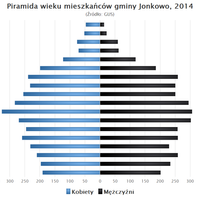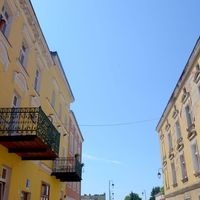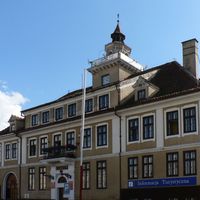Olsztyn County
7.16

Overview
Olsztyn County, located in the Warmian-Masurian Voivodeship, was established in 1999 as part of the administrative reform, after having previously existed from 1818 to 1975. Its seat is the city of Olsztyn, and the county includes the towns of Barczewo, Biskupiec, Dobre Miasto, Jeziorany, and Olsztynek, as well as rural municipalities such as Dywity, Gietrzwałd, Jonkowo, Kolno, Purda, Stawiguda, and Świątki. The county covers an area of 2,838.02 km², making it the second-largest county in Poland. In 2019, it had a population of 126,781 people.
In architectural terms, the region stands out with its historic buildings, such as the Gothic bishops' castle in Olsztyn and various Baroque and Renaissance churches, reflecting the rich cultural history of Warmia and Masuria. The area also retains traditional Masurian cottages and elements of rural architecture, highlighting the local character of the region.
Culturally, Olsztyn County is home to a wealth of folk traditions, showcased in numerous festivals, regional events, and artistic gatherings. Events related to music, dance, and folk art are organized, along with exhibitions of artistic crafts. Local music and dance groups operate in the region, promoting cultural heritage, as do amateur theaters that attract residents.
Historically, Olsztyn County has a rich and turbulent past. From 1818 to 1945, it was part of Prussia, and after World War II, it became part of Poland. The region's history is tied to many significant events and historical figures, as well as political and social transformations that took place over the centuries. The county authorities aim to preserve and promote this rich history and protect its cultural heritage.
An interesting fact is that from 1975 to 1998, Olsztyn County did not exist, and after the administrative reform in 1999, it was reestablished with new borders, encompassing a larger area. Olsztyn County is also known for its numerous tourist trails, lakes, and picturesque landscapes, which support the development of tourism. An unemployment rate of 8.6% indicates that the region still has much to offer in terms of the job market, although the impact of economic crises and social changes is noticeable. Olsztyn, as the central city of the county, serves as an important cultural, scientific, and economic hub, hosting numerous events and initiatives that contribute to the development of the entire region.
Location
Country
You can also find here:
2025 Wizytor | All Rights Reserved









